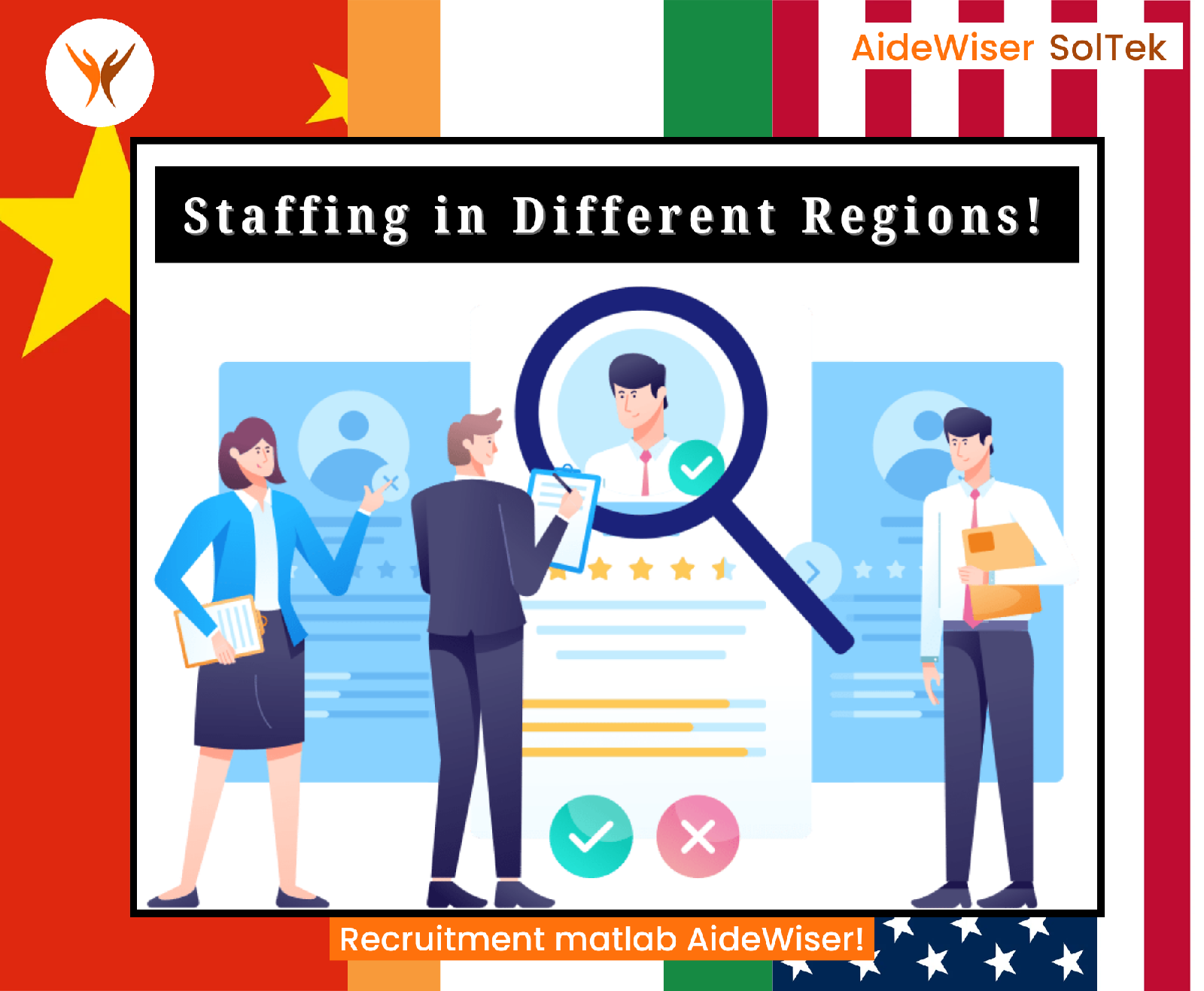Since there are different economies, corporate markets, rules and regulations in regions across the globe so does staffing differ in different regions? Let's one by one understand the staffing overview of different regions in the world!
Beginning with North America, the staffing is highly dynamic and emphasises flexibility, allowing companies to hire and lay off workers with relative ease. This approach supports a dynamic job market but can lead to job insecurity. Recruitment often leverages technology, with LinkedIn and online job boards playing key roles.
In Europe, staffing is more regulated. Countries like Germany and France have stringent labour laws that protect employees' rights, making hiring and firing processes more complex. The emphasis is on long-term employment and job security, with strong union presence influencing labour practices.
Compared to Europe and North America, Asia presents a diverse staffing landscape. In Japan, lifetime employment is a traditional practice, with companies investing heavily in employee development and loyalty. On the contrary, in countries like India, there's a booming gig economy driven by a large, youthful workforce and rapid technological advancements.
In the Middle East, foreign labor dominates the workforce, particularly in the Gulf Cooperation Council (GCC) countries. Staffing practices here involve complex visa regulations and often depend on sponsorship by employers, influencing both the availability and mobility of labor.
Overall, staffing across regions reflects local socio-economic conditions, legal environments, and cultural values, shaping how businesses attract and retain talent.
Leave your recruitment needs to us, contact AideWiser to hire the best!
Which region offers the best environment for staffing? Let us know in the comments!
